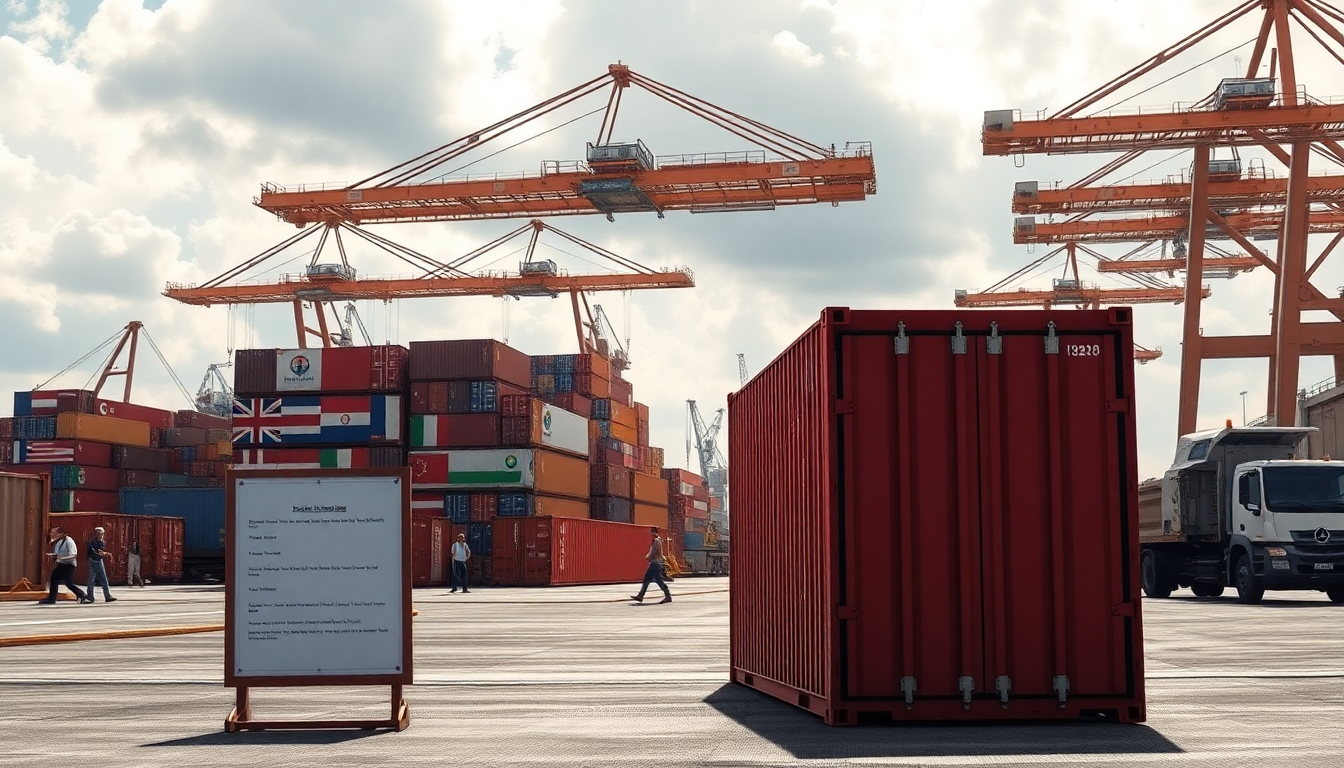Table of Contents
During Donald Trump’s presidency, the policies he championed—especially those around trade tariffs and international relations—sparked a lot of debate. As we dig into these elements, it’s important to ask: did these tariffs really achieve their goals, or did they backfire in unexpected ways? Let’s explore the various facets of Trump’s policies and their wider implications for the global economy and international relations.
Evaluating the Effectiveness of Trump’s Trade Tariffs
When Trump stepped into the Oval Office, he rolled out a series of trade tariffs aimed at shielding American industries from foreign competition, especially from China. The idea was clear: bolster domestic manufacturing and shrink the trade deficit. But how effective were these measures? Economists and policymakers have been split on this issue.
Data reveals that while some American industries, like steel and aluminum, saw short-term benefits from the tariffs, the overall economic fallout has been more complicated. Industries that relied on imported materials faced rising costs, which naturally trickled down to consumers. This begs the question: did the tariffs really protect jobs, or did they inadvertently burden American shoppers?
Furthermore, the retaliatory tariffs that other countries slapped on U.S. goods ignited a trade war impacting various sectors. Farmers, in particular, found themselves in a tough spot, reporting significant losses due to decreased exports of agricultural products. With the intricate web of global supply chains, the impacts of these tariffs often ripple far beyond the initial targets.
Withdrawal from Global Institutions
Trump’s administration signaled a major shift in how the U.S. approached international cooperation. His decisions to withdraw from key global institutions and agreements, like the Paris Climate Accord and the Iran Nuclear Deal, sparked worries about the future of multilateralism. Critics have voiced concerns that these moves jeopardize global stability and collaboration.
The fallout from these withdrawals is significant. By stepping back, the U.S. has inadvertently allowed other nations, particularly China, to assert more influence in global governance. This could lead to a reshaping of international alliances and a shift in the balance of power, resulting in a more fragmented global landscape.
As countries reevaluate their relationships in response to U.S. policies, the long-term effects on global cooperation—especially regarding pressing issues like climate change and security—are still uncertain. Will Trump’s approach ultimately weaken or strengthen America’s standing in the world? This question will likely fuel discussions for years to come.
Implications for International Relations
One of the most notable outcomes of Trump’s foreign policy decisions has been a reassessment of U.S. relations with both allies and adversaries. His administration often adopted a transactional mindset, favoring short-term wins over long-term partnerships.
This shift has sparked tensions with traditional allies, raising doubts about the U.S.’s reliability as a partner. On the flip side, adversaries have been emboldened, with some countries taking bolder actions in regional conflicts. The ramifications of this new approach could redefine international relations for years, influencing everything from trade agreements to military alliances.
As we look to the future of U.S. foreign policy, it’s vital to consider how these changes will shape global stability and economic growth. Navigating this evolving landscape calls for a careful evaluation of both risks and opportunities for all nations involved.


